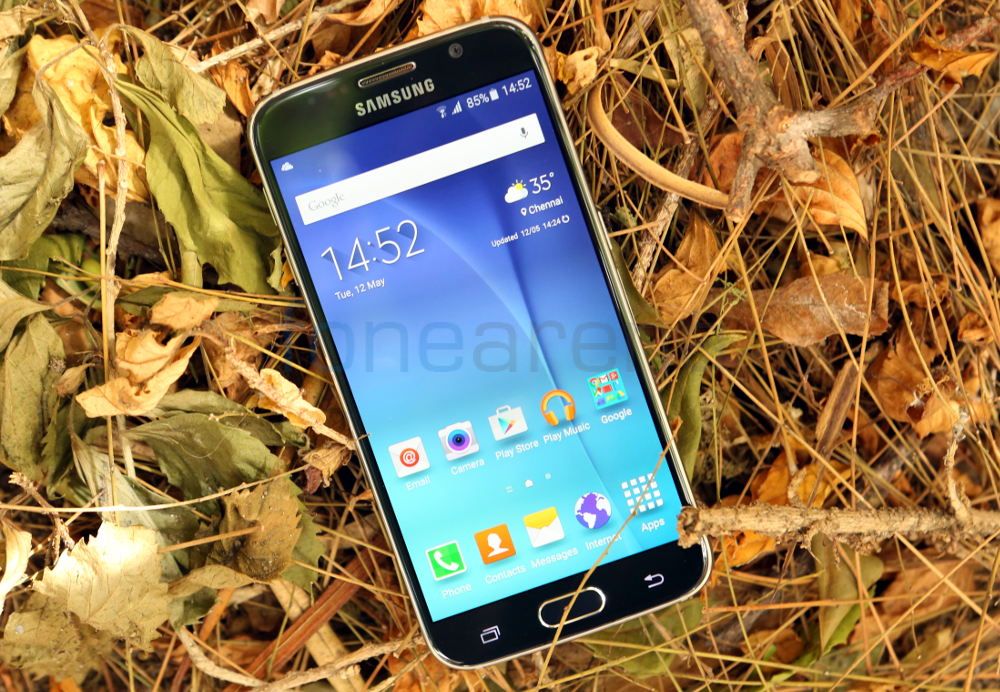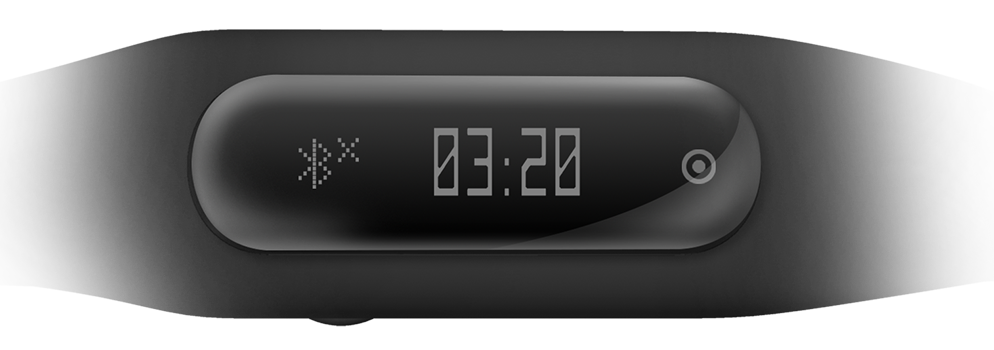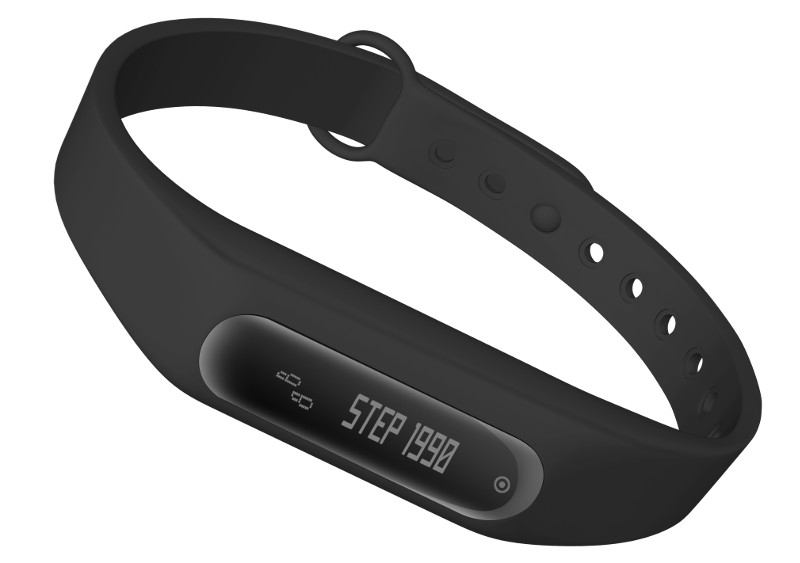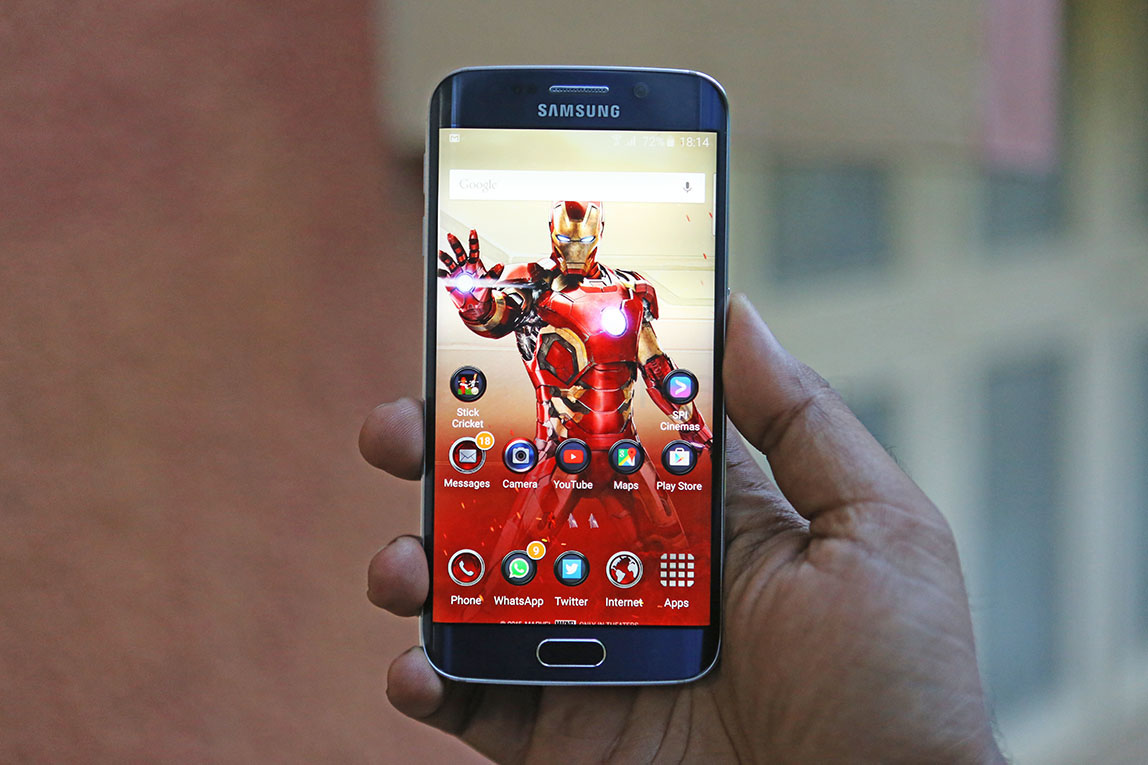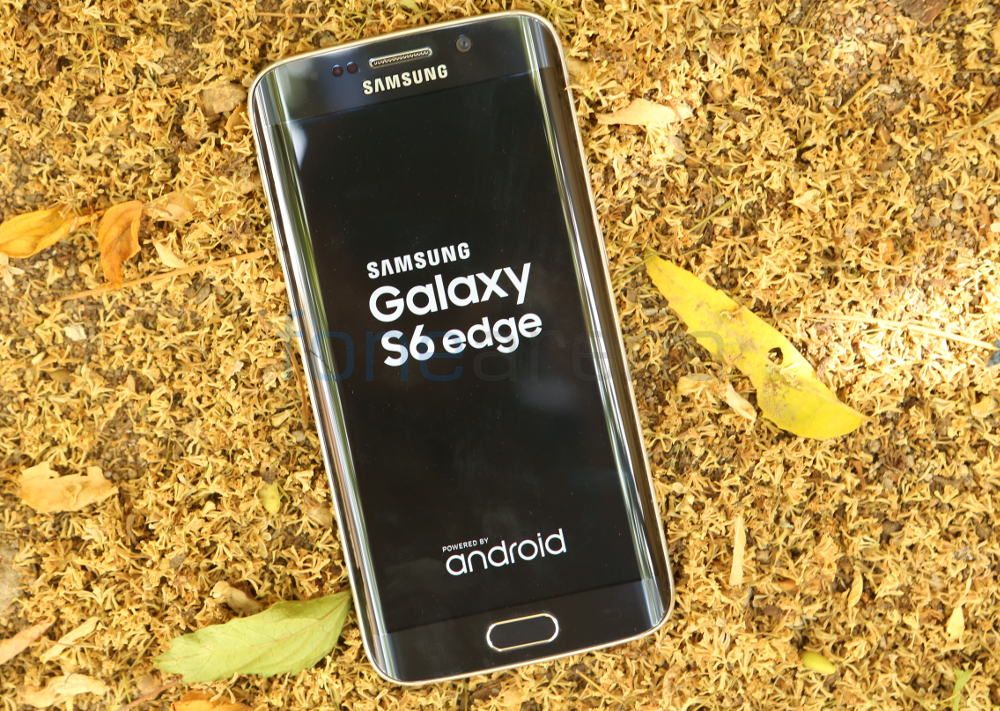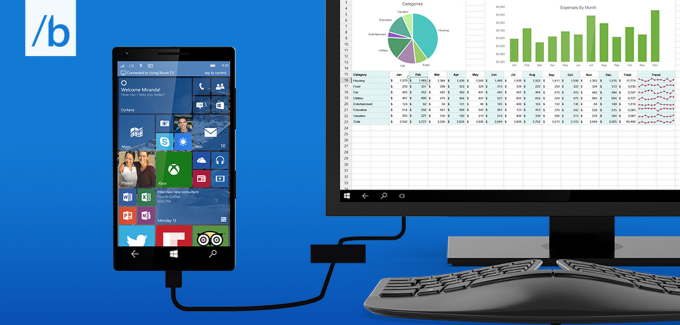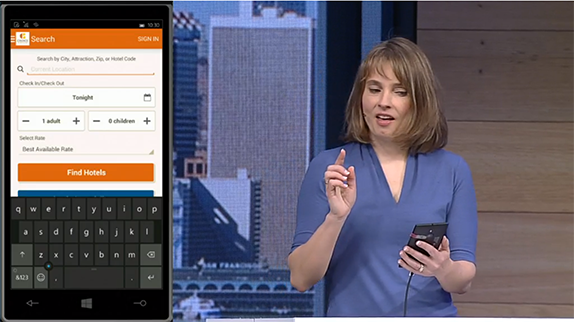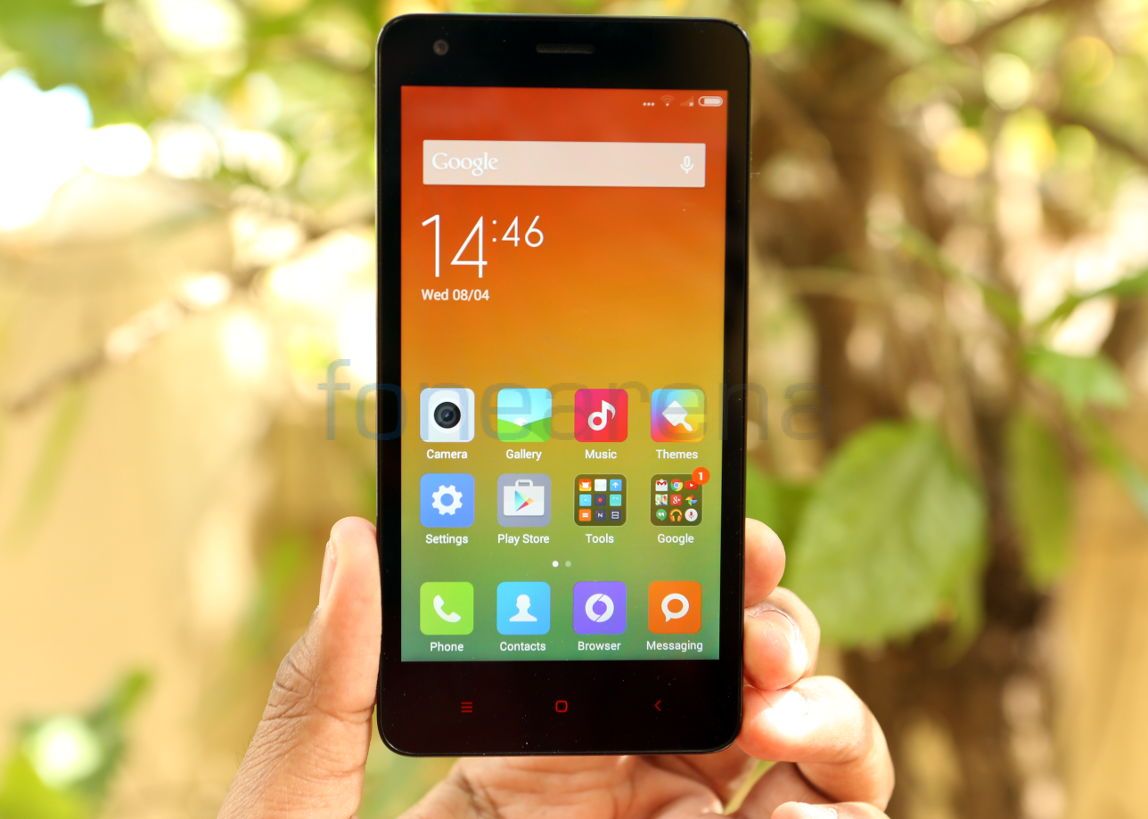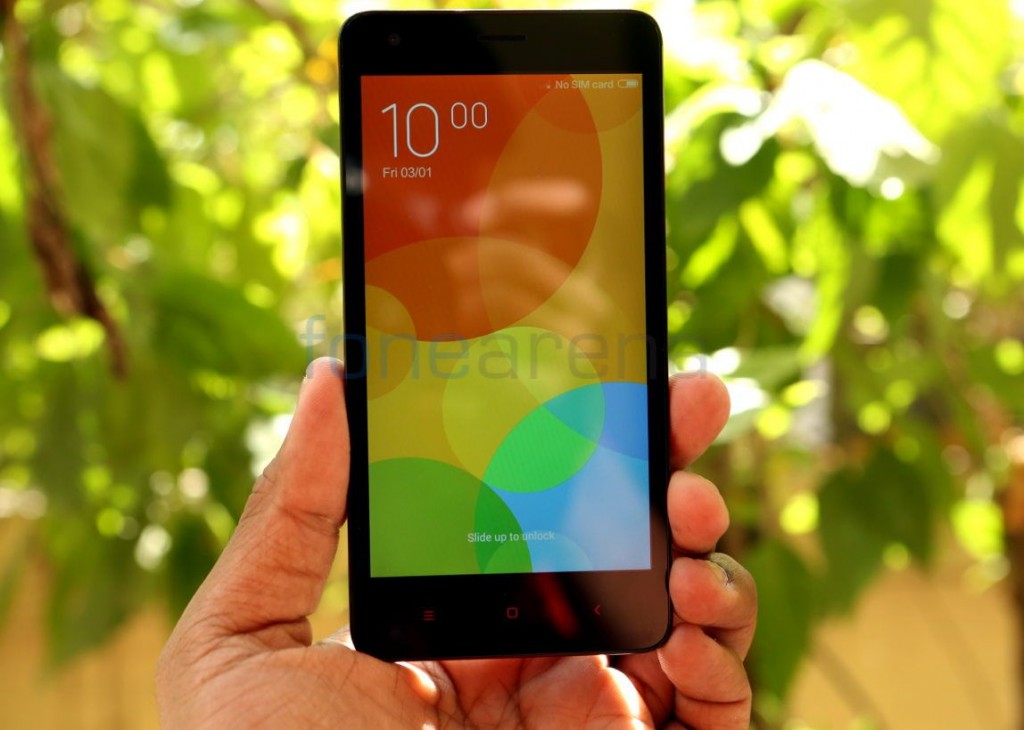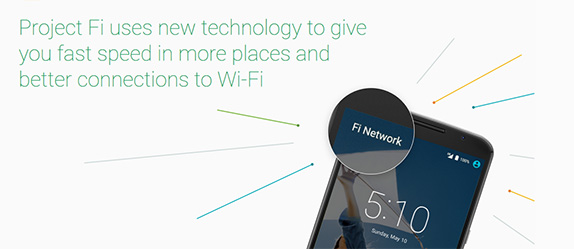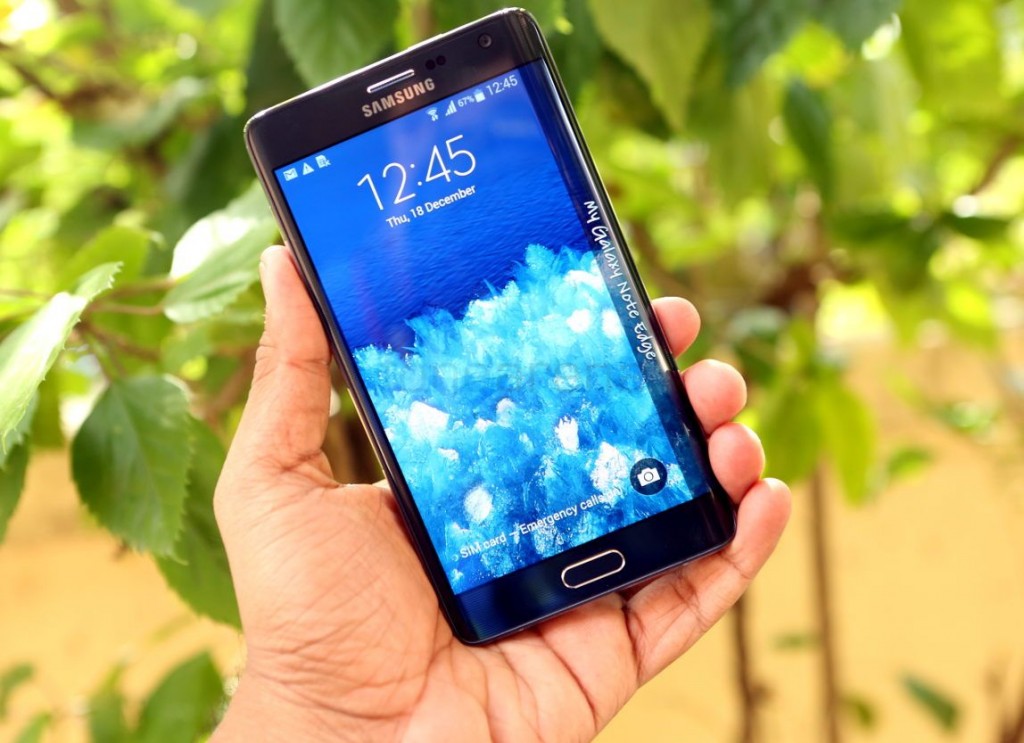In our review of the Samsung Galaxy S6 Edge, we could see how the dual-curved edge screens made the device so unique. But what if that uniqueness was taken out and replaced with a design that’s all too familiar, but still more premium than before? The answer to that, is the Galaxy S6, which we had failed to acquire earlier for various reasons. This is our review.
Author: Bharadwaj Chandramouli
Yu vs Mi reminds us why competition and choice are great
“A band without a display is like a car without wheels!” claimed Rahul Sharma, CEO of Yu, when announcing the Micromax subsidiary’s first entry into the fitness band market, the YuFit. Shots were fired. Let’s face it, one would need to wear a special tin foil hat to not draw similarities between the YuFit and the Mi band. Not only do they look similar, they share the same price tag as well. All this, after launching the Yu Yuphoria, a direct competitor to the Redmi 2. Previously, in our interview with Rahul Sharma, the introduction of Yu smartphones was shrugged off as “adapting to new market realities”, which is somewhat true, but with the announcements of Yuphoria and the YuFit, it has become clear that they are taking the “Yu vs Mi” rivalry to the next level.
Continue reading “Yu vs Mi reminds us why competition and choice are great”
Samsung Galaxy S6 Edge Review
If the “Next big thing” ads weren’t clearer, Samsung has always wanted its Galaxy S to be an iPhone. Premium, desirable and something people aspire to buy. The Galaxy S series was aspirational indeed, and was often ahead of the iPhone in many departments, except for the ones related to “premium”. The metal-lovers we all are, kept complaining about “premium” for more than 3 years, so Samsung has now finally delivered a phone that can, not only tick a box in all departments, but also deliver.. the Galaxy S6. This review, however, is of its more aesthetically pleasing variant, the Galaxy S6 Edge, which is almost exactly the same as the S6, but the dual-curve edge screen will cost you substantially more. Let’s find out why and a lot more.
Windows Phone can now turn into a full blown PC
When Motorola announced that its then flagship “Atrix” will run a portable version of Linux, powering a desktop experience, it was like the holy grail of convergence. Moore’s law certainly held true, for imagining that, someday, our phones could be as powerful as our PCs. Today, they almost are, so Microsoft is finally stepping forward to bring the desktop OS experience, powered by the same device in your pocket. At Build 2015, Microsoft was clear that Windows 10 wants to exist in devices of all sizes and types, especially now with the universal apps’ promise of “write once, deploy everywhere”. So, it only seems natural that this would happen, a single platform with the same code base, stretching across different screen sizes, with a responsive user interface for apps as well as the operating system. Dubbed “Continuum for phone”, this feature will make Windows 10 the first responsive operating system, one that scales to a variety of screen sizes, or even exist in holograms. Here’s a demo from Joe Belfiore –
httpv://www.youtube.com/watch?v=-oi1B9fjVs4
Continue reading “Windows Phone can now turn into a full blown PC”
Windows 10 will run repackaged Android and iOS apps
In a surprising move, Microsoft is now letting developers repackage their Android and iOS apps for Windows 10. Developers will be able to quickly port their app over, with equivalent system-level APIs in Windows that will support as well as extend the app’s functionality. Microsoft will include an Android subsystem on Windows 10 for phones and have supporting APIs for iOS apps. The above image is a demo of an Android app, accessing Windows phone’s native controls and APIs, but the remaining code is the same. This way, it drastically cuts down development costs which companies just can’t afford, to re-write for a platform without substantial market share.
Continue reading “Windows 10 will run repackaged Android and iOS apps”
Xiaomi Redmi 2 Review
Xiaomi’s grand entry into India was more to do with the Redmi 1s than any of its other devices. We had called it “one of the best budget smartphones ever made” and that it was, with a price point that shook the market. Over 6 months have passed since then, and the market has adapted to the threat, with a number of devices that now offer more or less the same, in terms of specifications. The Redmi 2, launched about a month back, is the sequel which faces renewed competition and tremendous expectations. With evolutionary changes, how does it fare this time? Let’s find out.
Google unveils Project Fi, a network of networks, for Nexus 6 owners
Google has just unveiled Project Fi, the Mountain View company’s most ambitious foray into the world of mobile networks and carriers. Termed a “network of networks”, Project Fi is all about making connectivity seamless, which Google hopes to achieve by letting you access multiple networks at the same time, mainly by taking technology out of the way of the experience. The “network of networks” currently works only on the Nexus 6, which has support for most of the 4G networks around the world and will house the special SIM which, in the US, will support two 4G capable networks, T-Mobile and Sprint. With an unbelievably simple plan, Google hopes to make connectivity, with international roaming in 120+ countries enabled, less of a hassle.
Continue reading “Google unveils Project Fi, a network of networks, for Nexus 6 owners”
Samsung Galaxy Note Edge Review
In the past month, a lot of people have noticed me using the Samsung Galaxy Note Edge. May be it is the eccentric visual design, which immediately attracts your eyes to its curved edge, or maybe it is Samsung’s marketing blitz that made them aware of its existence, but it surely did get noticed, a lot. The fact that it is unattainable in price, for most people, adds a layer of curiosity as to what new things it can do. Being a variant of the mainstream Note 4, is the Galaxy Note Edge a successful innovation experiment? Let’s find out.
Huawei Honor 6 Plus Hands On
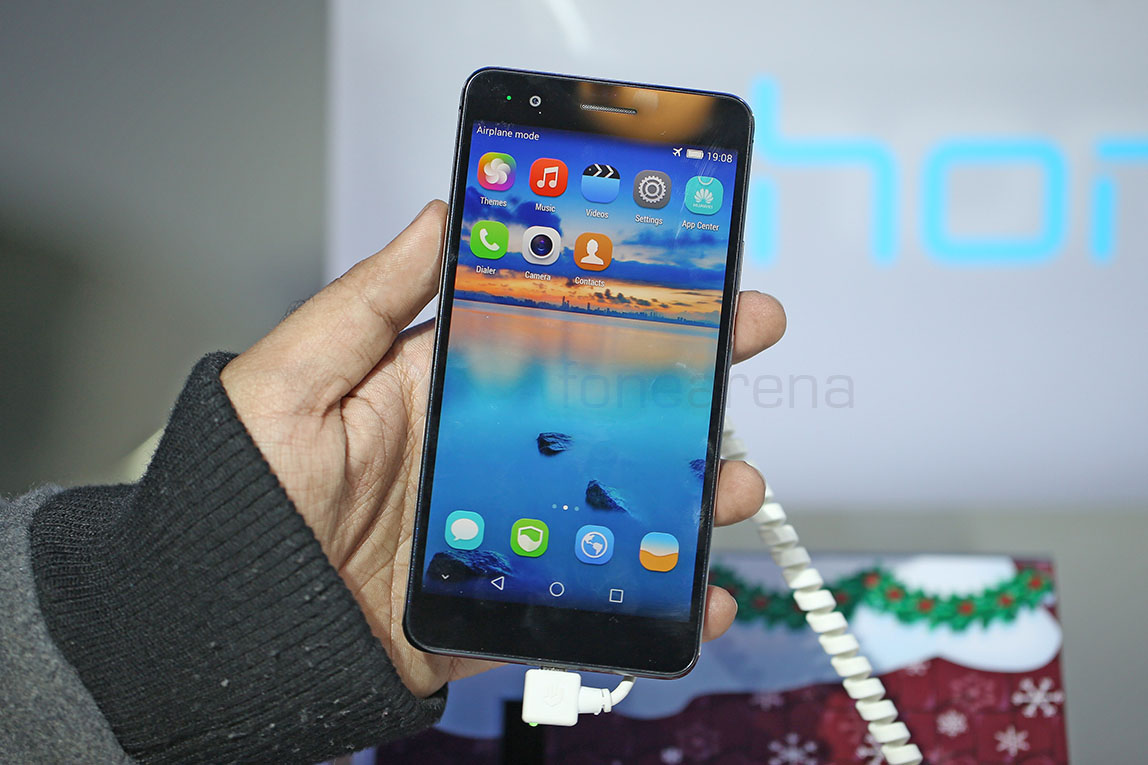
Huawei introduced the Honor 6 Plus smartphone in China back in December last year. The main highlight of the smartphone is its dual 8-megapixel rear cameras. It was showcased at the MWC 2015, here is the hands on.
Wiko Highway Star 4G hands on
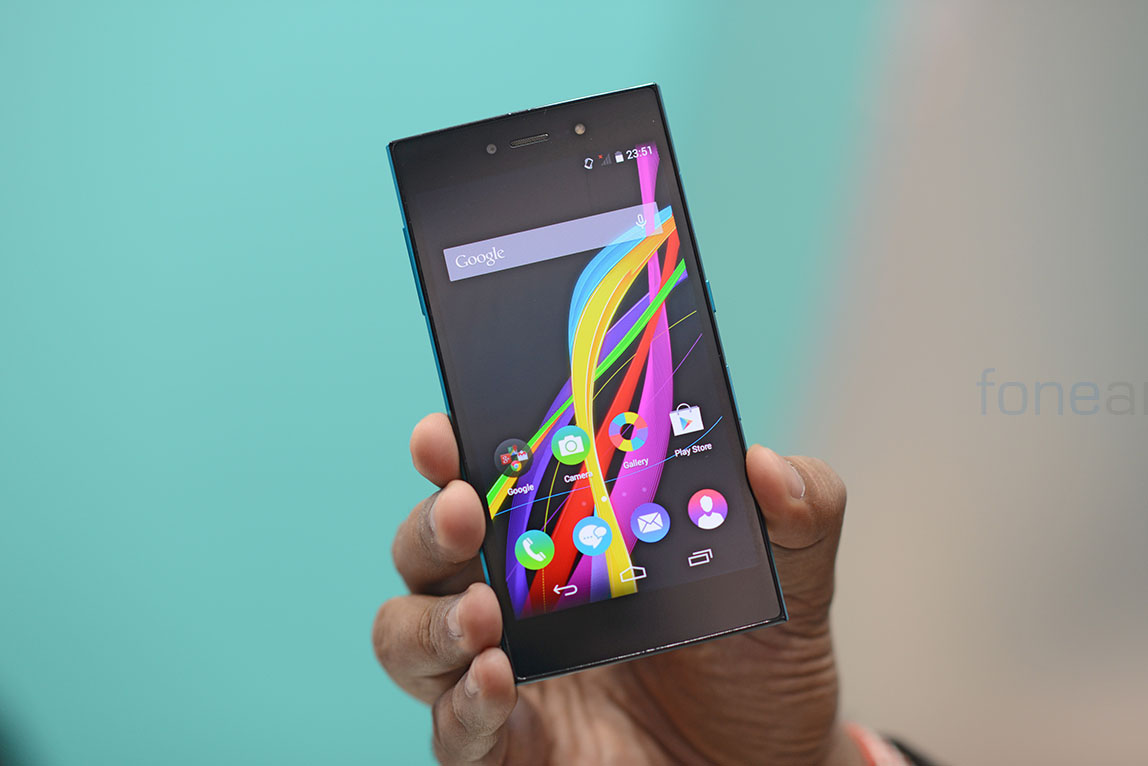
Wiko announced the Highway Star 4G at the MWC 2015. We went hands on with the phone at the event so lets take a look at hardware and specs of the phone.
Asus Zenfone Zoom Photo Gallery
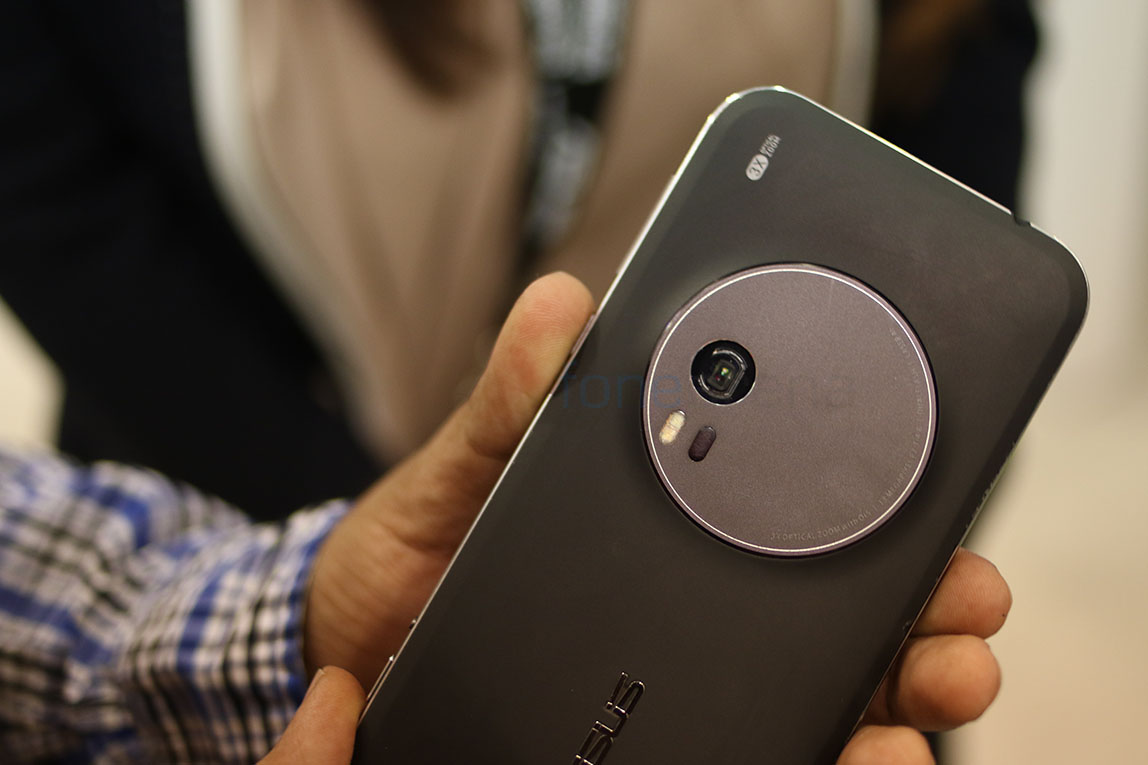
Asus unveiled the Zenfone Zoom, the company’s first camera-centric smartphone in the Zenfone series with 3X optical zoom at the CES 2015 last month. We managed to get images of the smartphone at the MWC 2015. We couldn’t bring you the hands on video since the company did not have a working unit there. Check out the photo gallery below.
Sony Xperia M4 Aqua vs Xperia Z3 hands on
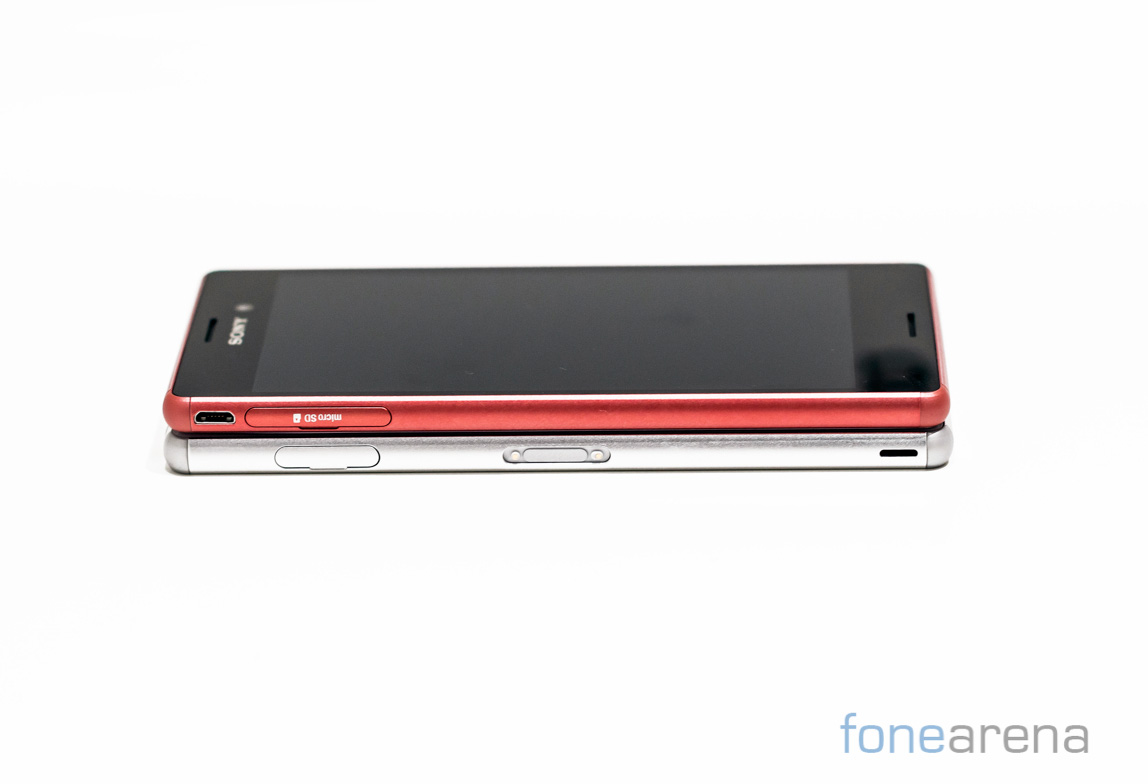
Sony announced the Xperia M4 Aqua waterproof smartphone at MWC 2015. We went hands on with phone at the event and now lets take a look at the comparison with Xperia Z3. Continue reading “Sony Xperia M4 Aqua vs Xperia Z3 hands on”
Sony Xperia M4 Aqua hands on
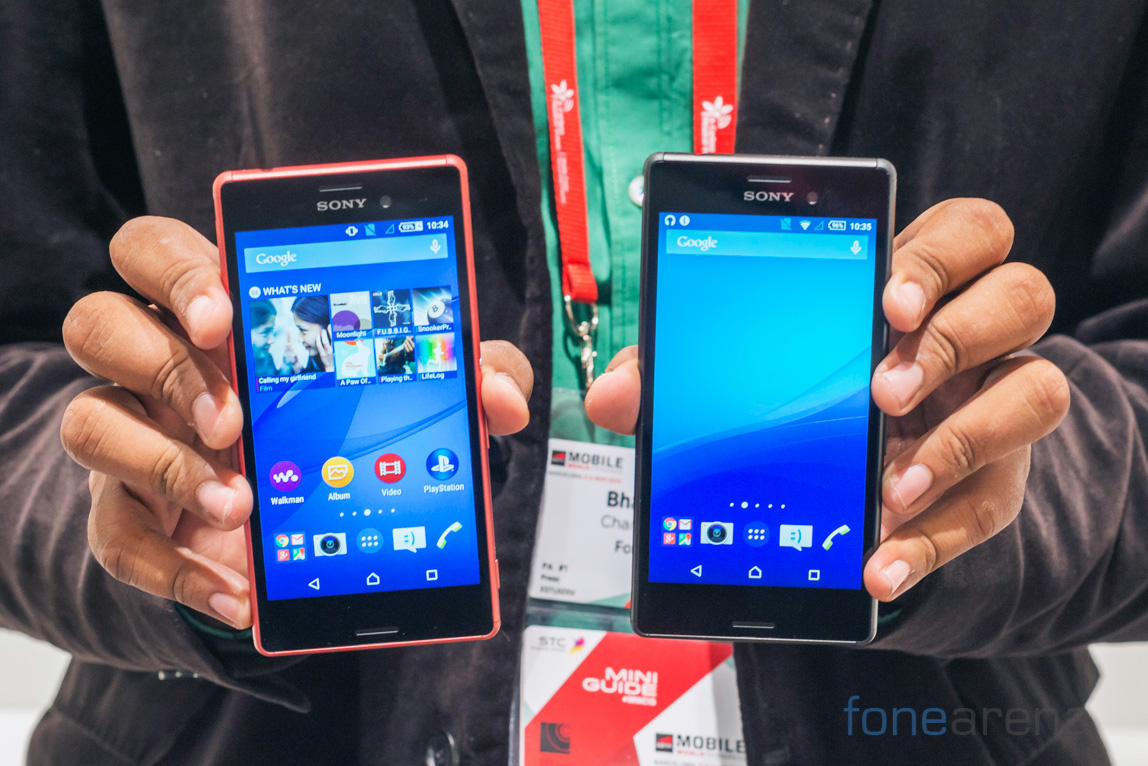
Sony announced Xperia M4 Aqua waterproof smartphone at MWC 2015. We went hands on with phone at the event so lets take a look at the hardware and specs of the device Continue reading “Sony Xperia M4 Aqua hands on”
HTC Grip hands on
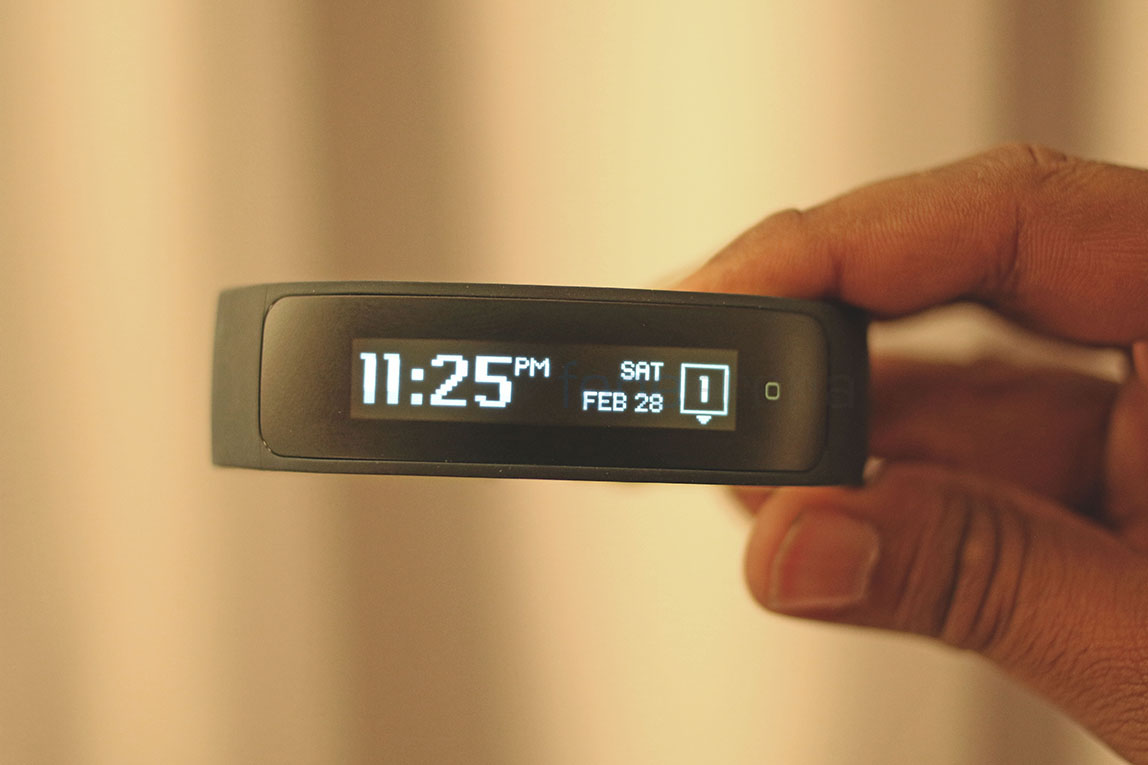
HTC announced the Grip wearable fitness tracking device yesterday at MWC 2015. It is the first product from HTC under the partnership with Under Armour. We went hands on with the device at the event and now lets take a look at hardware in this post. Continue reading “HTC Grip hands on”
Microsoft Lumia 640 Photo Gallery
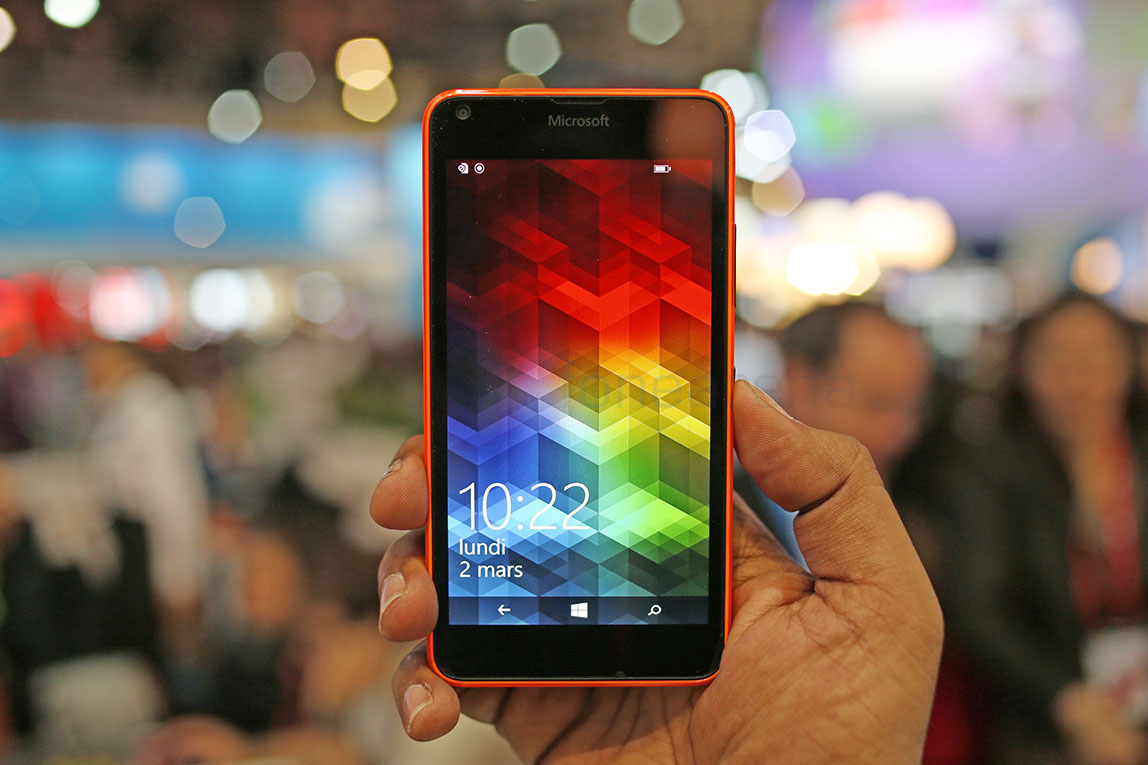
Microsoft announced the Lumia 640, successor of Lumia 630 at the MWC 2015 earlier today. It has a 5-inch HD ClearBlack IPS display with Corning Gorilla Glass 3 protection, is powered by a quad-core Snapdragon 400 processor and runs on Windows Phone 8.1 OS with Lumia Denim. Microsoft has also promised to update it to Windows 10 in the future. Check out the hardware walk though in the form of photo gallery.

